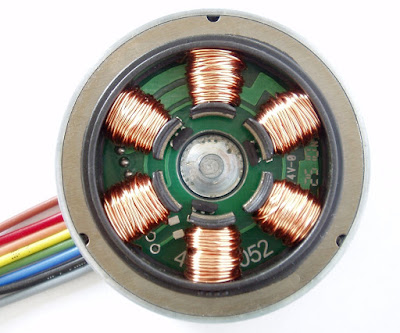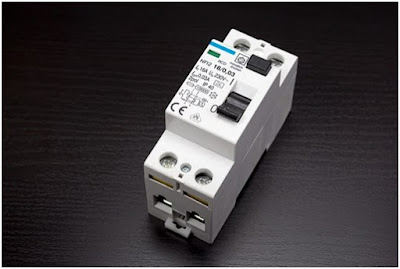How to Power and Control Brushless DC Motors

Brushless motors Brushless motors are increasingly becoming popular and rapidly taking over the roles that were previously played by brushed motors. This can be attributed to the brushless motor’s mode of commutation. Unlike its brushed counterpart, the brushless motor is electronically commutated. This makes brushless motors very efficient. It also makes them more durable owing to the fact it does not have brushes that wear out over time leading to poor contact and arching. The efficiency of the brushless motor enables it to be made smaller, lighter and quieter for any given input. This has consequently increased their popularity in HVAC, automotive among other sectors. Brushless motors too have their downside. Electronic commutation requires controlling circuits that will ensure precise timing of the coil energization which is critical for accurate speed and torque control. Precise timing also ensures that the motor runs at peak efficiency. Fortunately, there is



